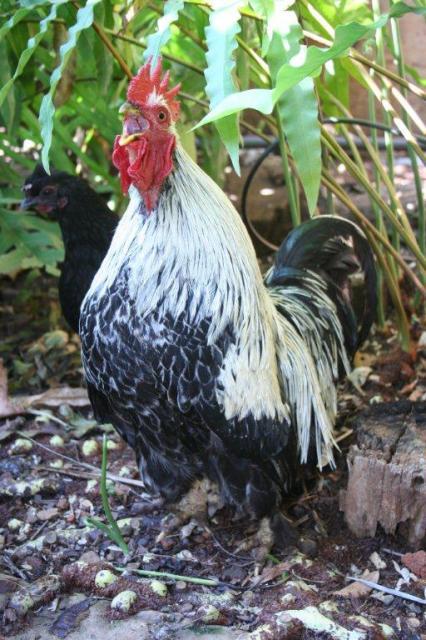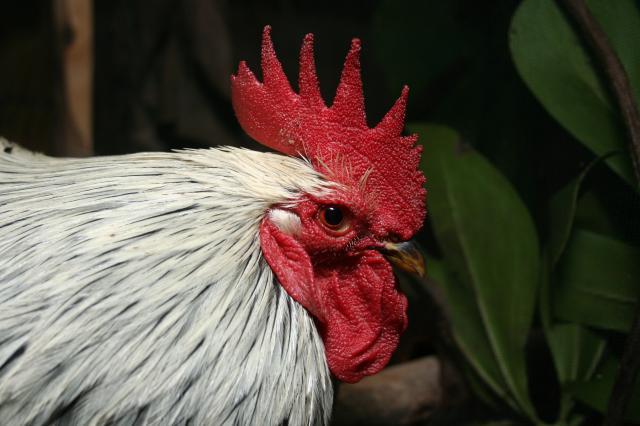- Nov 14, 2010
- 173
- 4
- 101
My rooster has been under the weather for a few dayys. quite hoarse sounding and now the tips of his comb are turning purple. he has no other symptoms. what could this be?
Follow along with the video below to see how to install our site as a web app on your home screen.
Note: This feature may not be available in some browsers.



